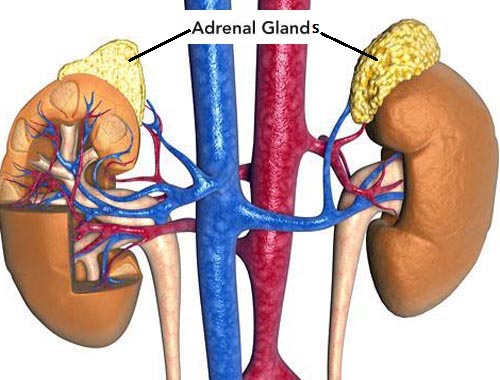Aldosteronism
Primary aldosteronism is a type of hormonal disorder that leads to high blood pressure. The adrenal glands produce a number of essential hormones. One of these is aldosterone, which balances sodium and potassium in your blood. In primary aldosteronism, your adrenal glands produce too much aldosterone, causing you to lose potassium and retain sodium. The excess sodium in turn holds onto water, increasing your blood volume and blood pressure. Diagnosis and treatment of primary aldosteronism are important because people with this form of high blood pressure have a higher risk of heart disease and stroke. Also, the high blood pressure associated with primary aldosteronism may be curable. Options for people with primary aldosteronism include medications, lifestyle modifications and surgery. Optimal detection involves screening all hypertensive patients using the plasma aldosterone-renin ratio, after controlling for factors (including medications) that may confound results. In patients with repeatedly elevated aldosterone-renin ratios, definitive confirmation or exclusion of diagnosis involves careful suppression testing with measurement of aldosterone response to fludrocortisone or to salt loading. Measuring aldosterone alone is not considered adequate to diagnose primary hyperaldosteronism. Rather, both renin and aldosterone are measured, and a resultant aldosterone-to-renin ratio is used for diagnosis. A high aldosterone-to-renin ratio indicates presence of primary hyperaldosteronism. If plasma levels of renin and aldosterone suggest hyperaldosteronism, CT scanning can confirm the presence of an adrenal adenoma. If the clinical presentation primarily involves hypertension and elevated levels of catecholamines, CT or MRI scanning can confirm a tumor on the adrenal medulla, typically an aldosteronoma. Hyperaldosteronism can be mimicked by Liddle syndrome, and by ingestion of licorice and other foods containing glycyrrhizin. In one case report, hypertension and quadriparesis resulted from intoxication with a non-alcoholic pastis (an anise-flavored aperitif containing glycyrrhizinic acid).
